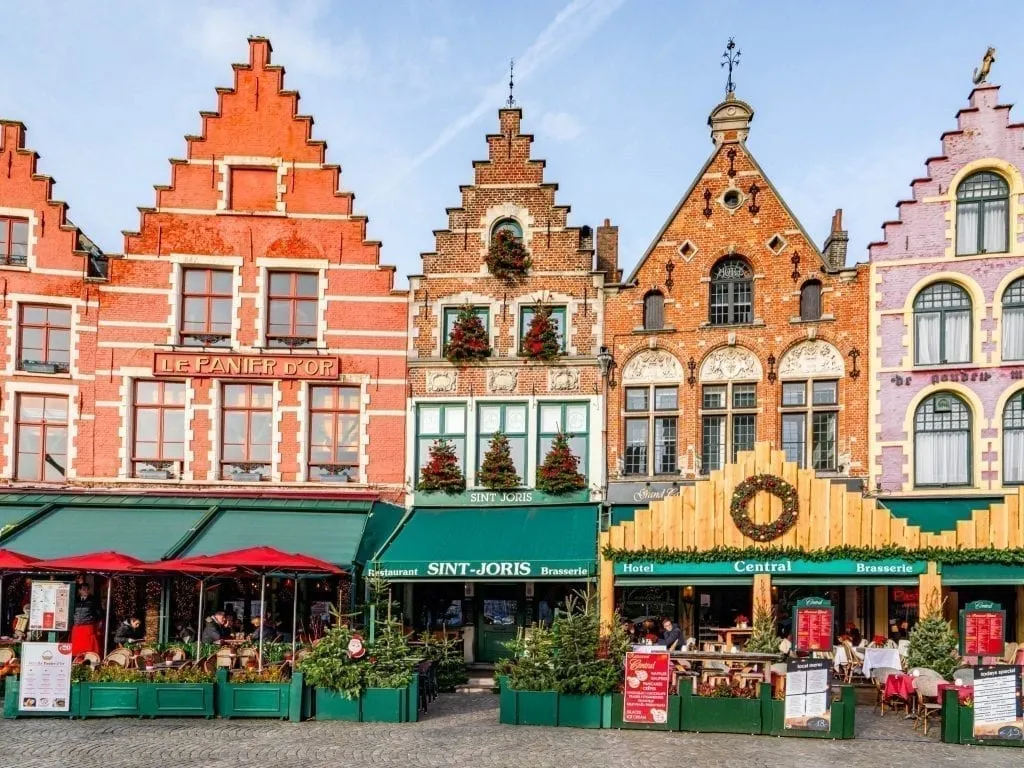Useful Tips for Traveling by Train in Europe
If you decide to travel Europe by train, plan ahead.
When planning your European journey, you may find that some destinations are more suitable for train travel than others, and you’ll definitely want to know which places need to be reached by train, plane, or bus before arriving in Europe.Train travel in Europe is generally best suited for some Western and Central European countries – the further you venture into the Balkans and Eastern Europe, the more limited it becomes (and we may call it adventurous).
And, although Spain and Portugal are fundamentally in Western Europe, they are surprisingly isolated regarding train travel (this is due to having different railway gauges compared to other Western European countries).
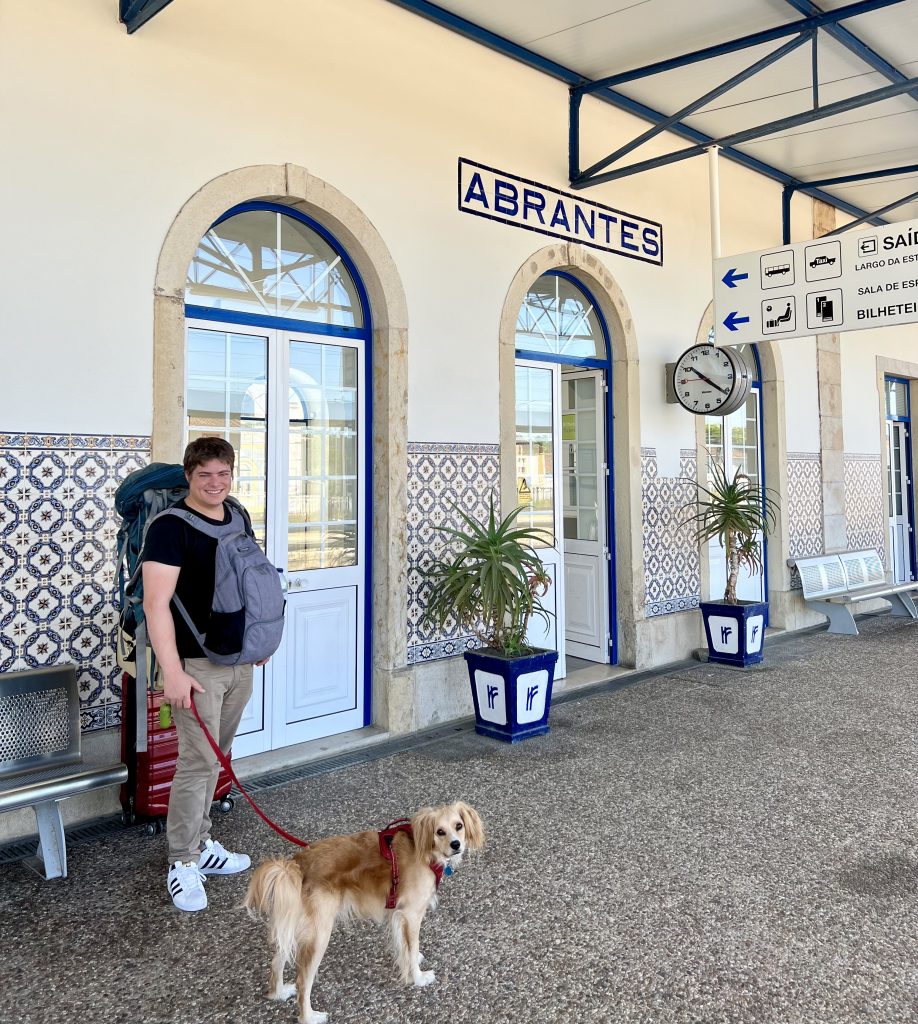
Distance also plays an important role.
Traveling by train from Paris to Venice is a long day but completely doable; however, Paris to Zagreb doesn’t allow for as much – that route is better suited for a flight.
Add to that the fact that you’ll want to book tickets in advance, and the bottom line is you should definitely plan ahead for at least the most important routes.

You should definitely book complex routes ahead of time when traveling by train in Europe.
If you are traveling from Rome to Florence or Madrid to Barcelona, especially if you don’t mind regional/local trains, you can book train tickets once you’re in Europe.However, for more complicated or longer routes, you’ll make everything much easier for yourself by booking tickets before starting your trip abroad.
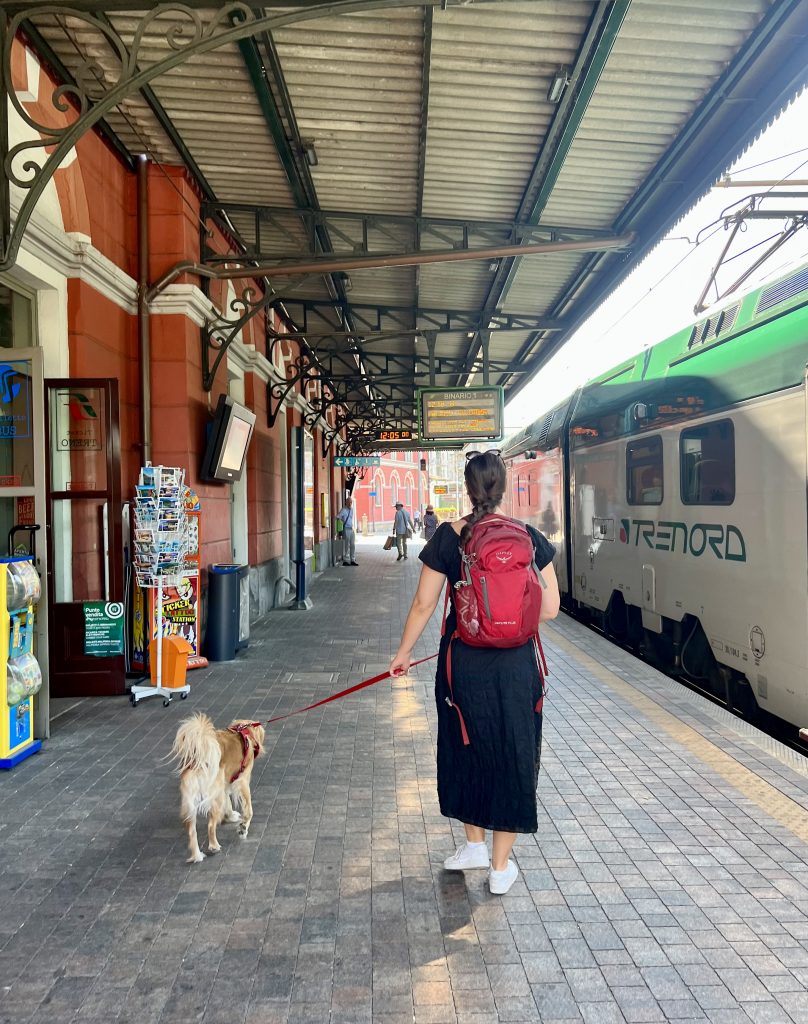
Bring snacks and drinks to take with you.
Although most long routes will sell simple food on board like sandwiches, drinks, and packaged snacks, the selection is generally on par with plane food – in other words, expensive and nothing special.Regional trains and neighborhood trains are less likely to sell food on board.
On long-distance trains, there’s usually a dining car you can visit to purchase items, and on some routes (especially in first class), a food cart will roll through to offer some items, similar to flight attendants.
However, it’s best not to count on that: we recommend bringing plenty of snacks (or even a full meal) and drinks to take along, which is perfectly normal on trains in most places in Europe.

If you have a long train ride ahead, consider packing cards or playing a game.
This not only helps keep you entertained during the journey, but it's also a great way to meet other travelers!Don’t trust that you’ll have internet access on the train.
Even if you have a European SIM card and are traveling within the Schengen Area (where the SIM is supposed to work across borders), maintaining an Internet connection on trains in Europe is less than reliable.Between tunnels, remote countryside, border checkpoints, etc., it’s best not to expect to have a connection.
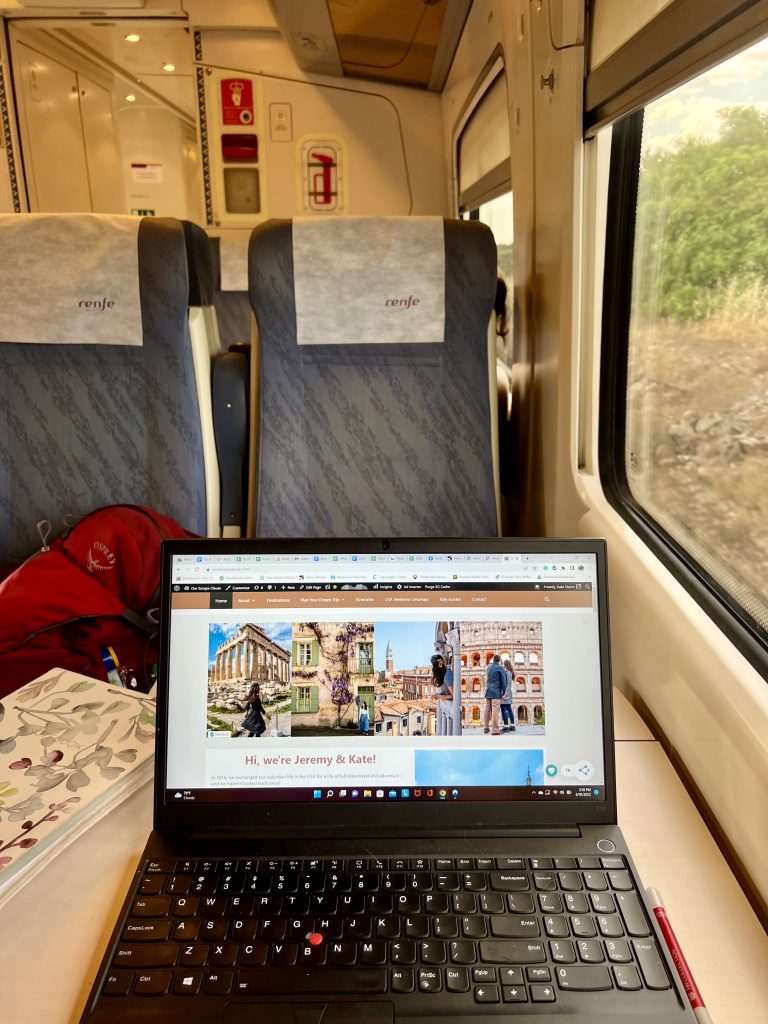
It’s nice to finish work on the train when possible, but we never bank on that!
If the train advertises wifi, don’t trust it – some trains require a local tax code or phone number to access.
We’ve found that the best way to access the Internet while traveling by train in Europe is whenever the train stops at a station.
If you have a working SIM card for that destination, you can usually expect at least a few minutes of connection there.
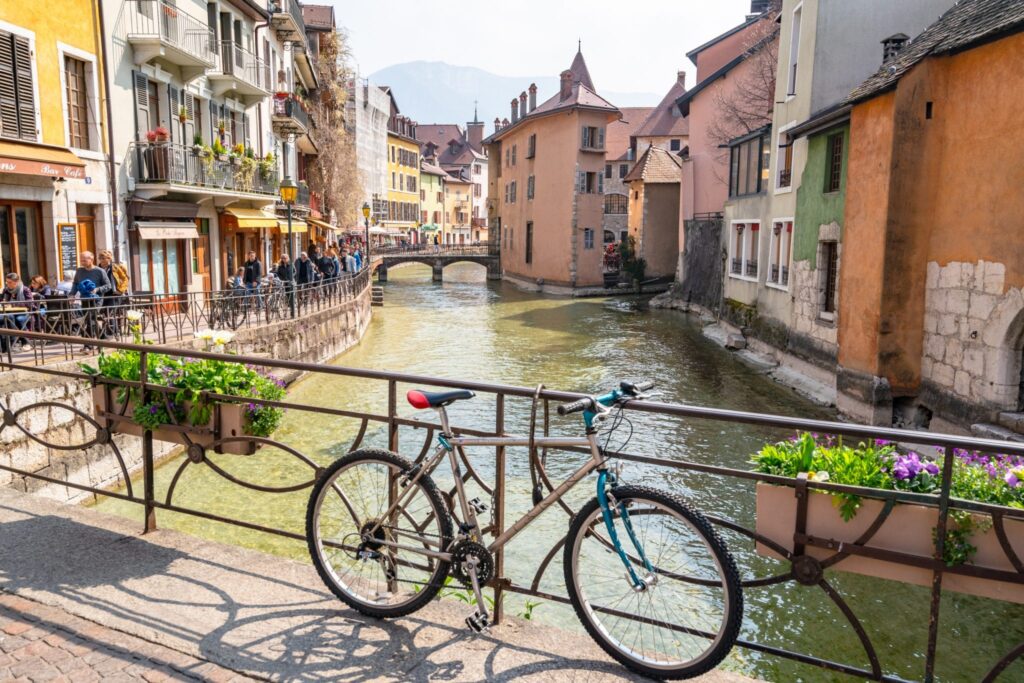
Make sure you go to the right train station.
We mentioned this earlier, but it bears repeating: make sure you go to the correct train station when traveling by train across Europe… and this applies both when you board and when you disembark!... And arrive early.
Some train stations in major cities are vast and resemble airports, with over 30 platforms, multiple different levels, and in some cases a shopping center inside (like Roma Termini).If you’re not familiar with the station in question, be sure to allow plenty of time to navigate to the right platform when you arrive!
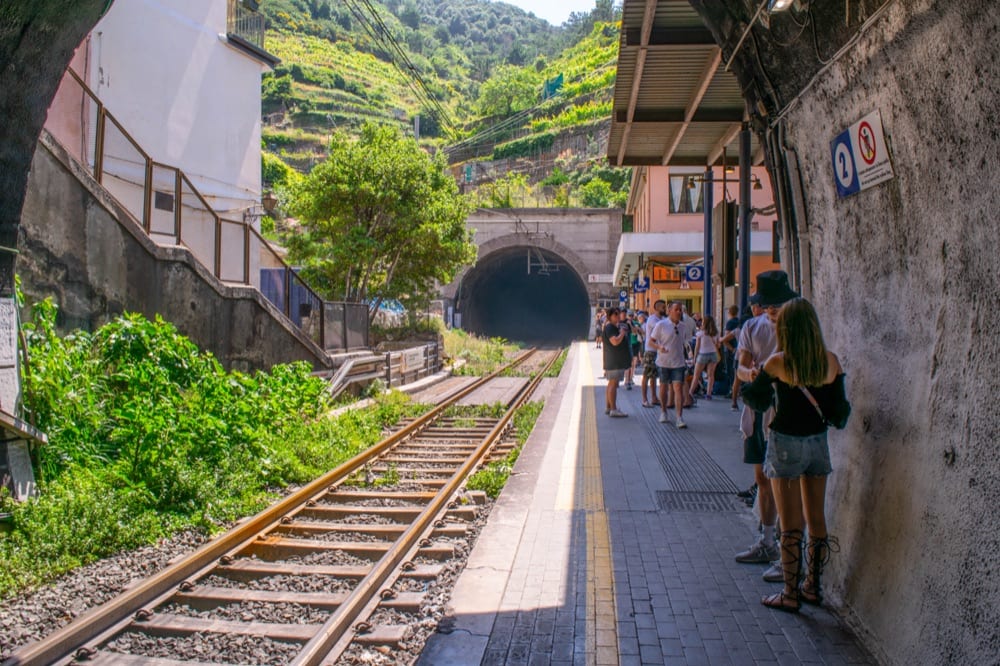
If you have the chance to take an overnight train, do it!
Not only is this a great way to save on overnight accommodations, but traveling overnight on a sleeper train can also be quite an adventure!(Though for the sake of full disclosure, I’ve never really gotten what I’d call a good night’s sleep on a train. However, no regrets and we’ll do it again!).
There are plenty of restrooms, but the quality may be questionable.
In other words, bring some toilet paper (I usually prepare a small pack of napkins for that purpose) and hand sanitizer.Additionally, wet floors are not unheard of, so you may want to wear closed-toe shoes.
Most high-speed trains in Europe have restrooms in each car, so you usually don’t have to go far to find one.
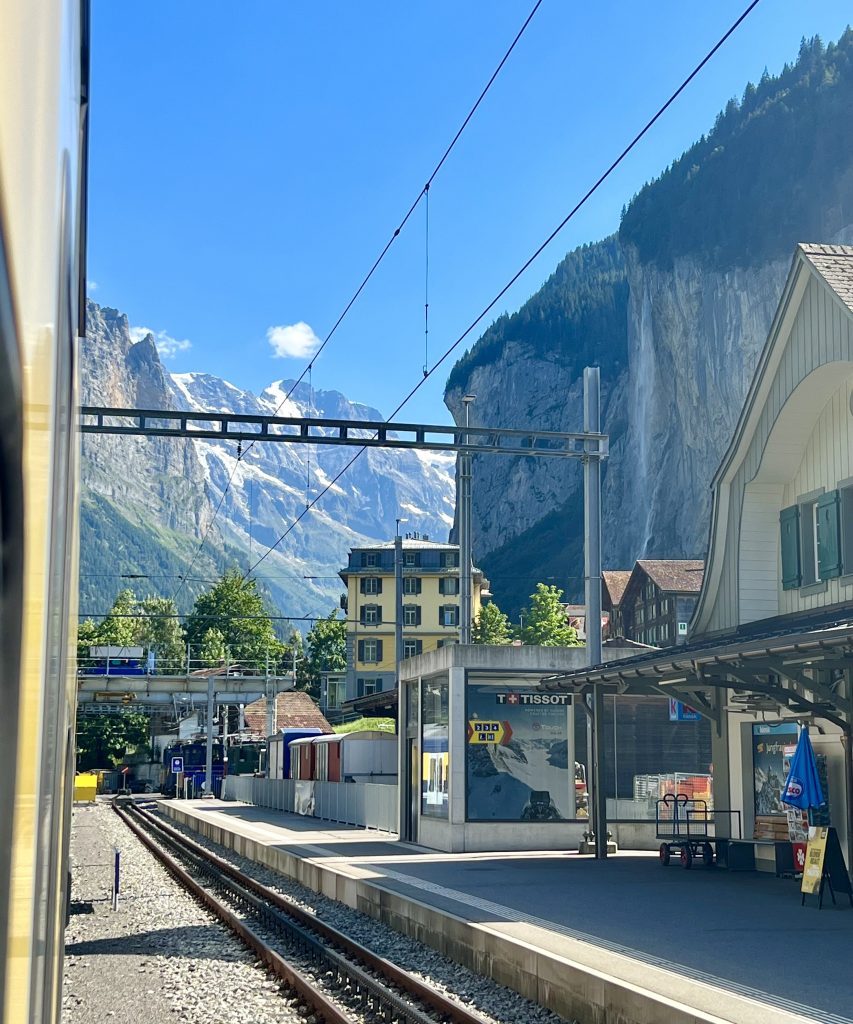
If you are a student and/or under 26, you may qualify for discounts.
Keep this in mind when booking train tickets across Europe, and if you book discounted tickets, be sure to keep your ID on hand (it can also be helpful in many other places during your trip).Remember that some discounts for those under 26 are only for EU residents, so be sure to verify that before counting on them if you are not European.
In general, you can bring dogs (and cats) on trains in Europe!
This is slightly beyond the scope of this blog post, but since we have a few photos of Ranger here, I’m sure at least some readers will be curious!Most trains in Europe allow well-behaved companion animals on board, with varying requirements and fees (usually free or child fare) based on the size of the animal, whether it is in a carrier, etc.
It’s best to check the expectations for each route beforehand, but just plan ahead and be a little flexible, and your furry friends are usually welcome.
Ranger is a travel enthusiast and has visited 8 countries with us, many of which by train!
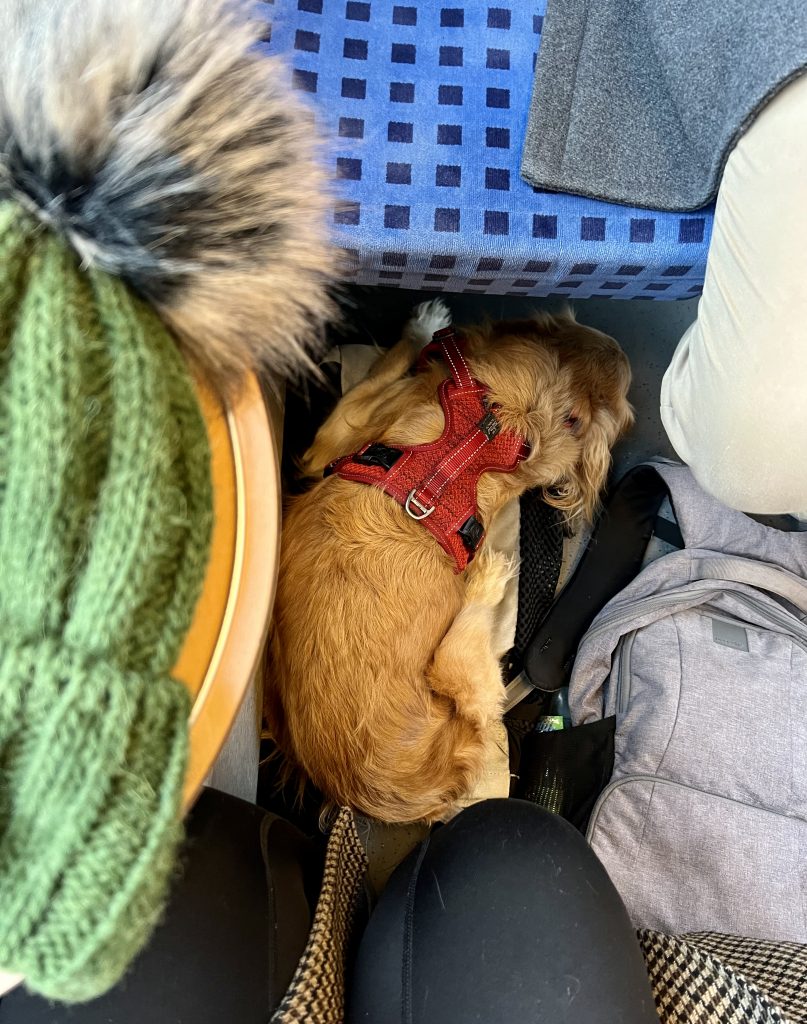
Ranger often sleeps while on trains!
Mind the social norms.
Cultural expectations around eating, speaking loudly, and storing your luggage can and will vary depending on where you’re train traveling in Europe.Be sure to keep an eye on what others are doing to ensure you don’t inadvertently make a faux pas!
For example, if you’re traveling by train in countries like Italy and then in Austria while traveling Europe by train, you’ll likely notice a significant difference in noise levels on the train!
End of the article
Last edited:






